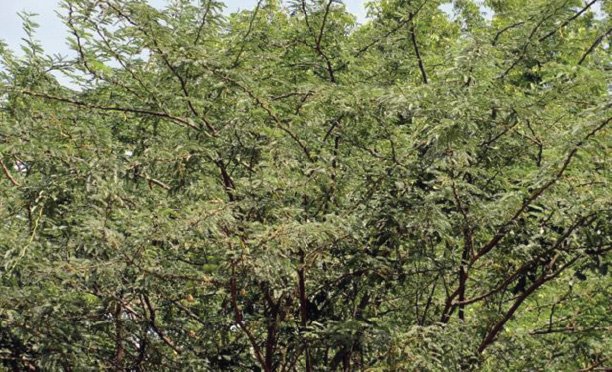P1million to get rid of ‘Sexanana’
Government has set aside P1 million for use by Forest Conservation Botswana (FCB) to exterminate the invasive plant Sexanana or Prosopis Mesquite in the Kgalagadi area.
The Kgalagadi District Council will conduct the project. The amount will be divided between Village Development Committees of Kokotsa and Lokgwabe villages, where Sexanana is most widespread.
The exterminated trees will subsequently be used to produce green fodder by mixing the plant with other indigenous plants such as mongana and mogonono and also to make coal.
Sexanana will be replaced with plants of other species. “Several by-products are expected to be developed from the crushing process and many unemployed youth will be engaged in the extermination process”.
Sexanana is common originates from South America and was introduced in Botswana in the early 1980s to address desertification and soil erosion. This followed the increase in the number of sand dunes in the southern parts of Botswana.
It took two decades for conservationists to realise that the plant brought more harm than good as it spread across south west Botswana leaving in its trail destruction to biodiversity, degraded rangelands, made it inaccessible and trapped water underground which negatively affected farmers in the area as their boreholes were often left empty and dry.
A few years ago, Global Environment Facility funded up to P500 000 grants for community projects in order to find ways to make use of Sexanana through structured management.
Meanwhile, in a previous interview the Bokspits, Rappelsan, Valhoek and Struizandam Trust (BORAVAST) has endorsed the plant and suggested that it be properly managed instead of being eradicated.
Rankae Motshegwa, an officer at the Department of Forestry and Range Resources in Tsabong had said that the plant wasn’t always problematic and that if properly managed, it could benefit members of the communities. The plant is an aphrodisiac, honey, for firewood and a windshield.






